
When it comes to knitting for babies, nothing feels more rewarding than creating a cozy and adorable sweater. Whether you’re an experienced knitter or just starting out, there are plenty of free knitting patterns available that range from simple designs to intricate lacework. These patterns offer a great opportunity to explore different stitches and techniques while creating a garment that will keep the little ones snug and stylish.
One of the best things about knitting baby sweaters is that they are small and quick to make, making them the perfect project for busy knitters or those looking for instant gratification. With a wide variety of patterns available, you can find a design that suits your skill level and personal style. Whether you prefer classic, timeless designs or modern, trendy looks, there are patterns out there to suit every taste.
Knitting baby sweaters also allows you to play with different colors and yarns. From vibrant, playful hues to soft, delicate pastels, there is a color palette to suit every baby’s personality. Additionally, the lightweight nature of baby sweaters makes them ideal for experimenting with different fibers and textures, such as cotton, merino wool, or alpaca.
Whether you’re knitting for your own little one, preparing a special gift for a friend or family member, or even considering selling your creations, free knitting patterns for baby sweaters provide endless possibilities for creativity and style. So grab your needles, choose your pattern, and get ready to create something special for a beloved baby in your life.
Free Knitting Patterns for Baby Sweaters
If you love knitting and are looking for beautiful and adorable baby sweater patterns, you’re in luck! There are plenty of free knitting patterns available online that will help you create cozy and stylish sweaters for the little ones in your life.
One popular pattern is the “Simple Baby Sweater” which is perfect for beginners. It features a basic design with a button-up front and long sleeves. This pattern is great for practicing basic knitting techniques and can be easily customized with different colors and yarns.
If you’re looking for something a bit more intricate, the “Baby Cable Cardigan” pattern is a great option. It features a delicate cable design on the front and sleeves, giving the sweater a classic and elegant look. This pattern may require more advanced knitting skills, but the end result is definitely worth it.
For those who prefer a more casual and comfortable style, the “Hooded Baby Sweater” pattern is a great choice. This pattern includes a cozy hood and a kangaroo pocket, making it perfect for keeping little ones warm during colder months. It’s also a fun and unique design that will make your baby stand out.
Don’t forget to browse through different websites and knitting communities to find more free knitting patterns for baby sweaters. There are endless options available, from simple and basic designs to more intricate and detailed ones. Whether you’re a beginner or an experienced knitter, you’re sure to find a pattern that suits your skill level and style.
The Joy of Knitting for Babies
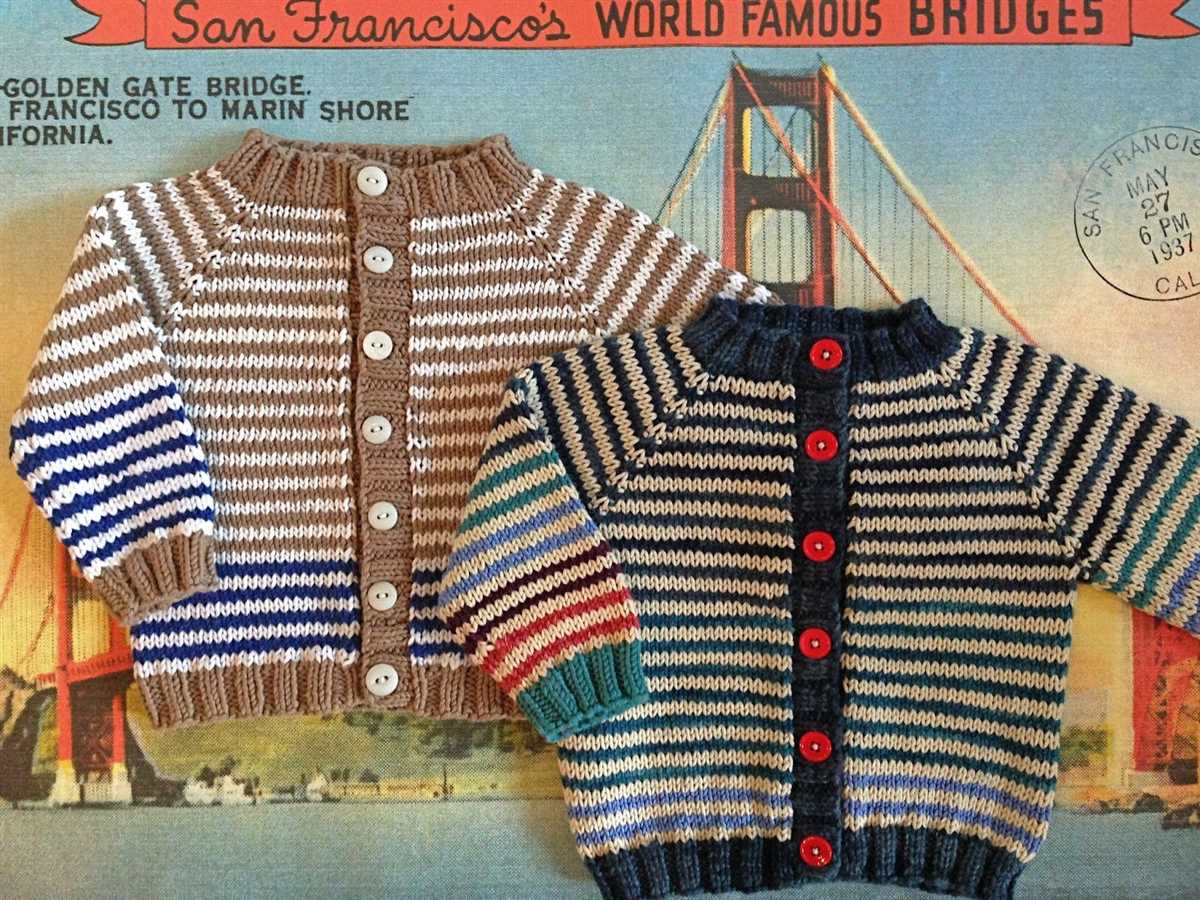
Knitting for babies allows you to explore your creativity and experiment with different patterns and designs. Whether you prefer classic, timeless styles or modern, trendy pieces, there are countless knitting patterns available to suit your style and skill level.
Bonding through Knitting
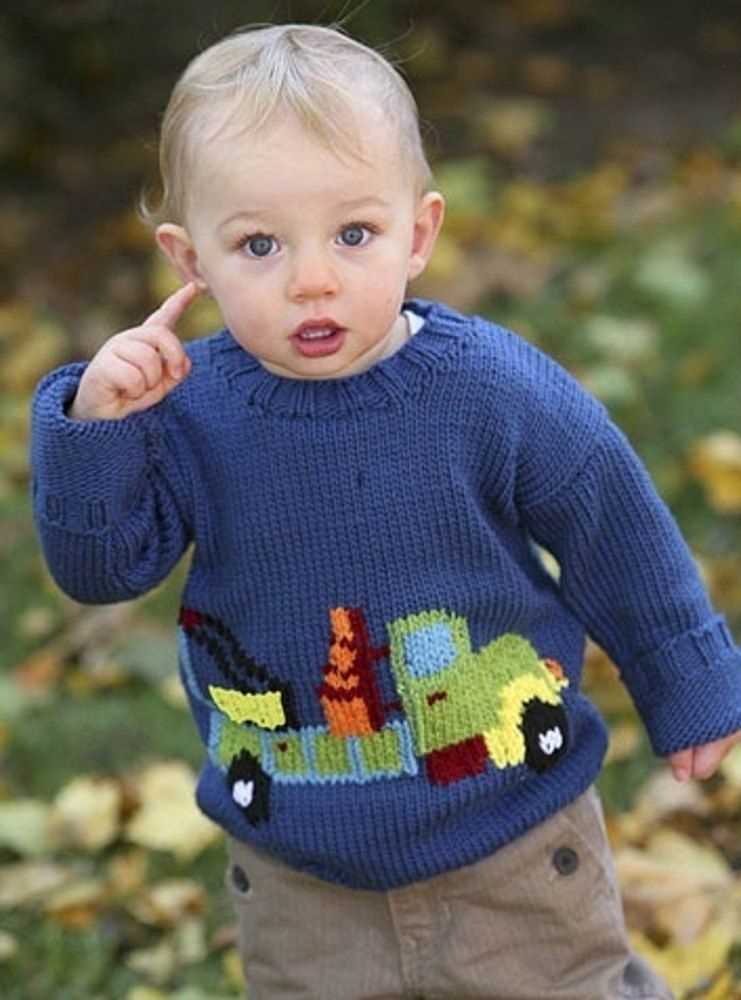
Knitting for babies also provides a unique opportunity for bonding. Imagine the joy on a new parent’s face when you present them with a hand-knit baby sweater or blanket. This simple act of knitting can foster connections and create lasting memories between friends, family, and even strangers.
The process of selecting the perfect yarn, finding the ideal pattern, and dedicating your time and talent to creating something beautiful for a baby is a meaningful way to show your love and care. It’s a thoughtful gesture that goes beyond just material possessions.
Creating Heirlooms
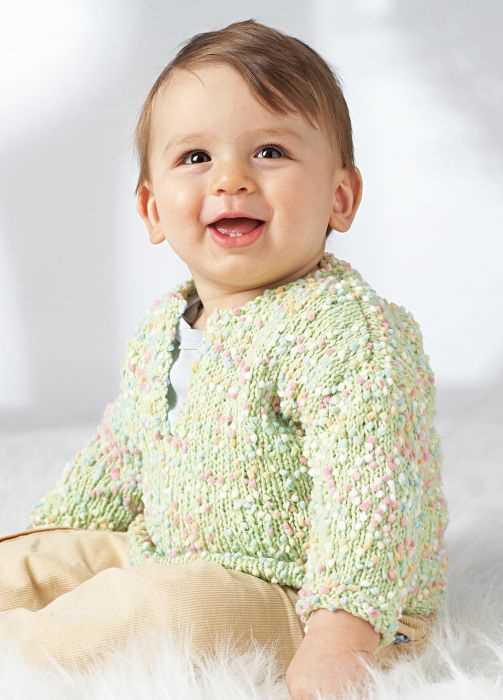
Knitting for babies has the potential to create treasured heirlooms that can be passed down from generation to generation. A well-made, hand-knit baby sweater or blanket can become a cherished family keepsake, evoking memories of a loved one’s delicate touch and the warmth they brought into the world.
By putting your heart and soul into each stitch, you create not just an item of clothing, but a symbol of love and connection. Knitting for babies is a way to leave a lasting legacy and share your passion for the craft with those who come after you.
Conclusion
Knitting for babies is a joyful and meaningful experience. It allows you to express your creativity, forge connections, and create cherished heirlooms. The act of knitting itself is a therapeutic and fulfilling endeavor, but when combined with the love and care for a baby, it becomes something truly special. So pick up those knitting needles and start creating something beautiful for the little one in your life.
Why Choose Baby Sweaters?
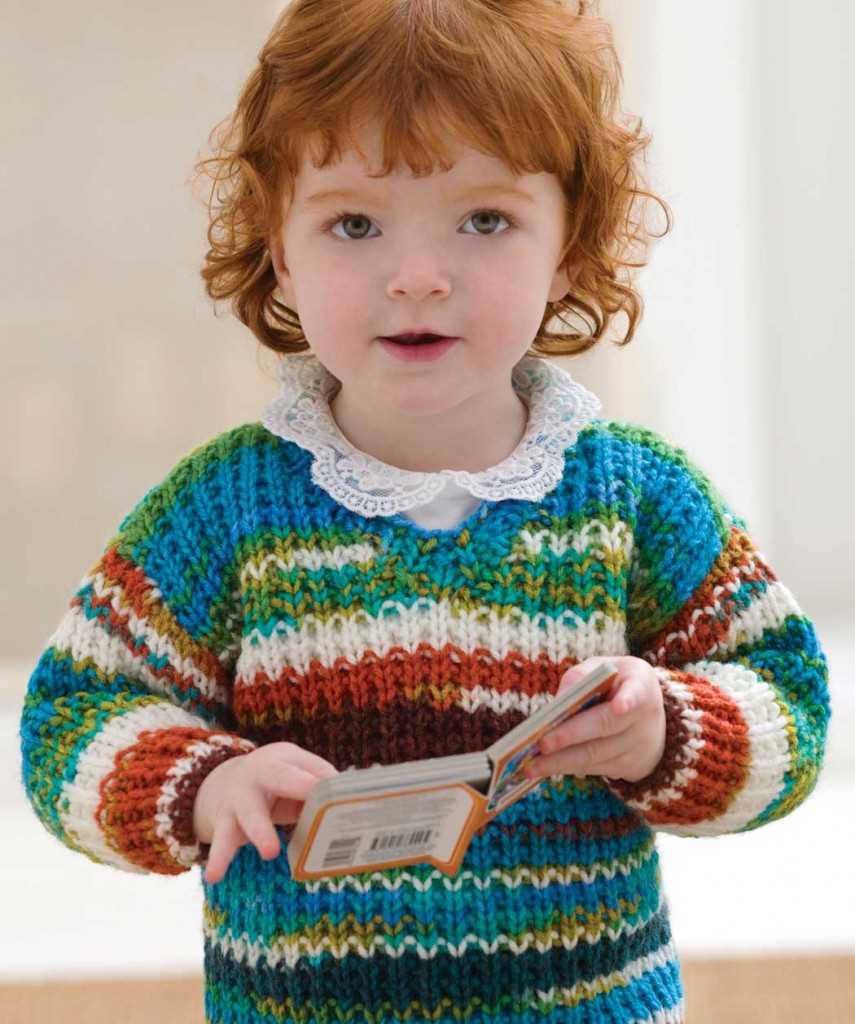
When it comes to dressing your little one, comfort and warmth are of utmost importance. Baby sweaters are an excellent choice for keeping your baby cozy and snug, especially during the colder months. These sweaters are not only practical but also incredibly adorable, making them a must-have in any baby’s wardrobe.
One of the main reasons to choose baby sweaters is their versatility. Available in various styles, colors, and patterns, you can easily find the perfect sweater to suit your baby’s personality and style. Whether you prefer classic designs or more modern and trendy options, there is a wide range of choices to cater to every taste.
Another great advantage of baby sweaters is their ability to regulate body temperature. Babies have delicate skin, and they are more sensitive to changes in temperature. Sweaters made from high-quality materials like soft merino wool or cotton are excellent for providing insulation and ensuring your baby stays warm without overheating.
In addition, baby sweaters can be an ideal gift option. If you’re looking for a thoughtful and practical present for a baby shower or a newborn baby, a hand-knitted sweater would be a wonderful choice. Handmade sweaters demonstrate care and love, and they can become cherished heirlooms that can be passed down through generations.
In conclusion, baby sweaters offer a combination of comfort, style, and functionality. Whether you’re knitting one yourself or purchasing a ready-made sweater, these garments are a fantastic addition to your baby’s wardrobe, providing warmth, coziness, and a touch of cuteness.
Choosing the Right Yarn
When it comes to knitting baby sweaters, choosing the right yarn is crucial. Babies have delicate skin, so it’s important to select a yarn that is soft and gentle to avoid any irritation or discomfort. Additionally, the yarn should also be easy to care for, as baby clothes often require frequent washing.
Fiber content: One of the key factors to consider when choosing yarn for a baby sweater is the fiber content. Natural fibers like cotton and bamboo are great options as they are breathable and less likely to cause allergies or skin irritations. These fibers are also lightweight, which makes them perfect for keeping the baby comfortable in different weather conditions.
Weight: The weight of the yarn is another important consideration. Baby sweaters are typically knit with lightweight or medium-weight yarn to ensure they are not too heavy or bulky for the little one. Worsted weight or sport weight yarns are popular choices for baby sweaters as they provide a good balance between warmth and comfort.
Durability: Babies can be quite active and messy, so it’s important to choose a yarn that is durable and can withstand frequent washing. Look for yarns that are machine washable and have good stitch definition, so the sweater stays looking nice even after multiple washes.
Color and pattern: Lastly, consider the color and pattern of the yarn. Baby sweaters are often knitted in soft pastel colors or vibrant shades to make them visually appealing. Additionally, choosing a yarn with a subtle pattern or texture can add visual interest to the sweater without overwhelming the baby’s outfit.
By considering factors such as fiber content, weight, durability, and color, you can ensure that you select the perfect yarn for knitting baby sweaters. Not only will these yarn choices be comfortable and gentle for the baby, but they will also result in adorable and stylish finished garments that can be treasured for years to come.
Essential Tools for Knitting Baby Sweaters
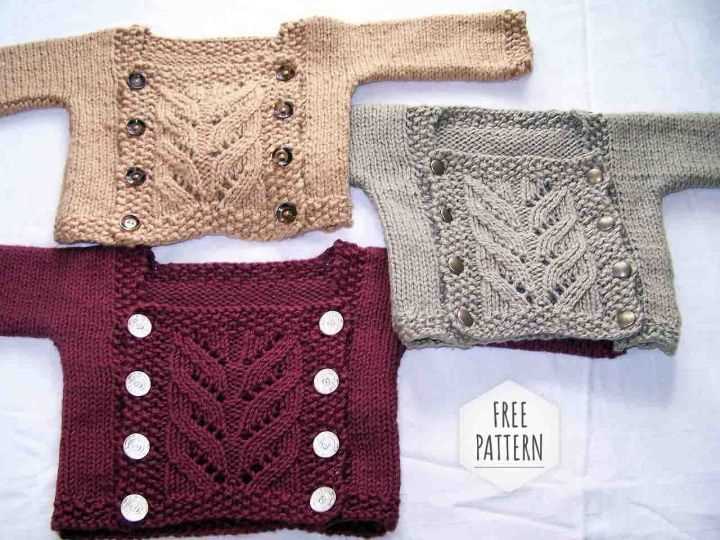
When it comes to knitting baby sweaters, having the right tools can make all the difference. Whether you’re a seasoned knitter or just starting out, there are a few key items that you’ll need to have on hand to complete your project successfully.
One of the most important tools for knitting baby sweaters is a set of knitting needles. It’s recommended to use circular needles for this type of project, as they allow you to work in the round without the need for seaming. These needles come in various sizes, so it’s important to choose the appropriate size for the yarn weight and gauge specified in your pattern. Additionally, having a set of double-pointed needles can be useful for smaller sections, such as sleeves or collars.
Another essential tool is a reliable set of stitch markers. These little rings or clips can be placed on your knitting needles to help you keep track of specific stitch patterns or areas that require special attention. They are particularly helpful when shaping the neckline or armholes of a baby sweater. Stitch markers come in various sizes and styles, so choose ones that are comfortable to use and won’t snag your yarn.
A quality pair of scissors is also a must-have tool for knitting baby sweaters. You’ll need them for cutting yarn, weaving in ends, or making any necessary adjustments to your project. Look for scissors with sharp blades that can easily cut through yarn without fraying or damaging it.
Additional tools that can come in handy include a tape measure for accurate sizing, a yarn needle for sewing seams and weaving in ends, and a row counter to help you keep track of your progress. These tools, along with the necessary yarn and pattern, will set you up for success in knitting beautiful and functional baby sweaters.
Basic Patterns for Beginners
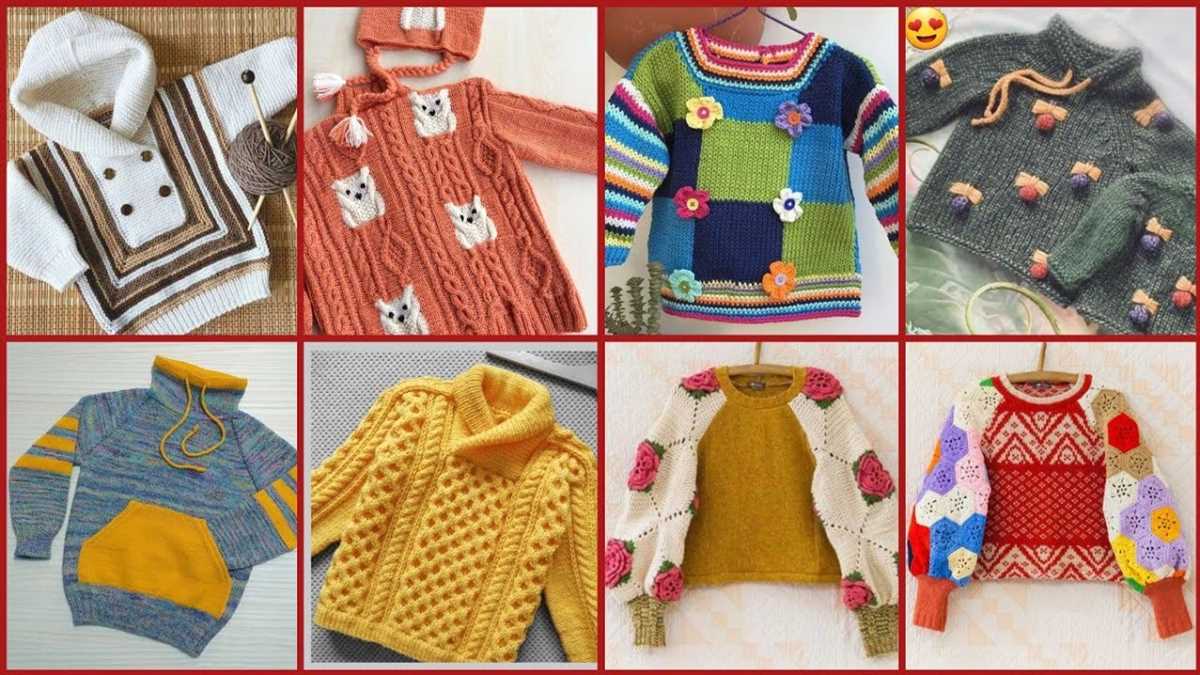
When it comes to knitting baby sweaters, beginners often look for simple and easy-to-follow patterns. These patterns not only help beginners practice their knitting skills but also create adorable garments for their little ones. Here are a few basic patterns that are perfect for beginners:
1. Garter Stitch Baby Sweater:
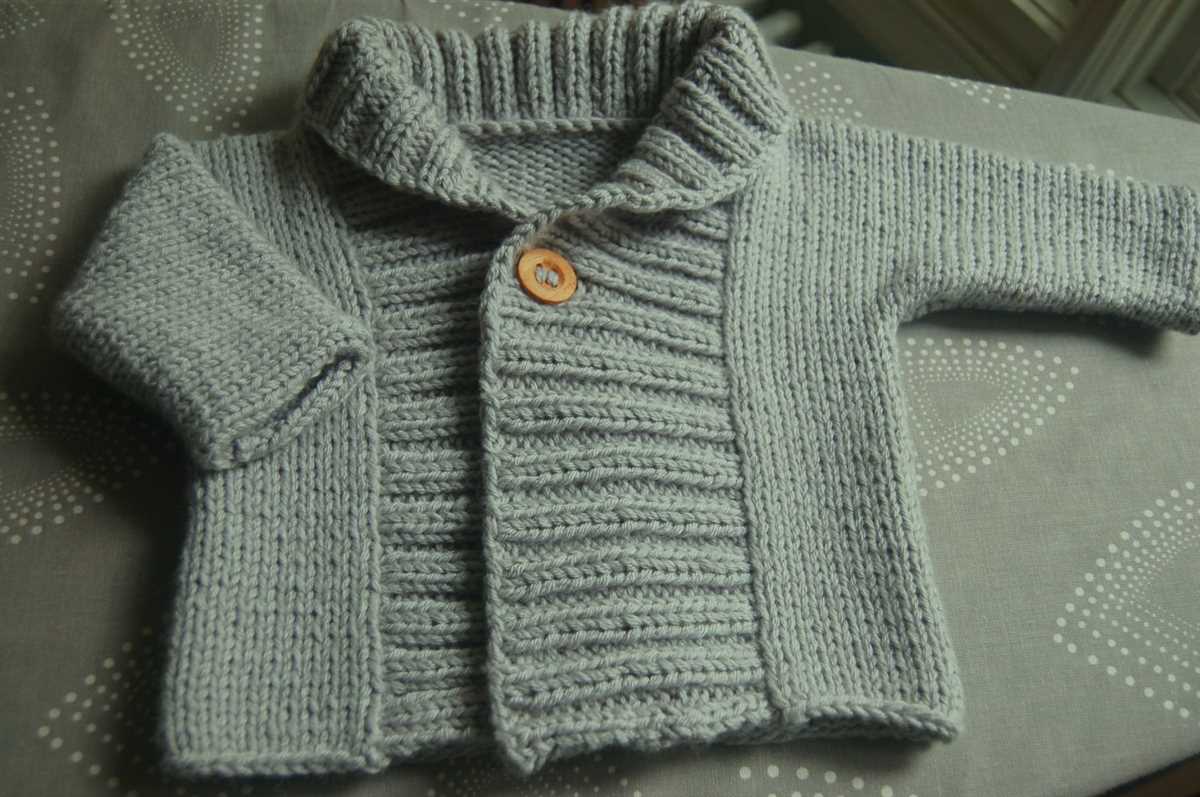
This pattern is ideal for beginners as it only requires the basic garter stitch, which is knit every row. The sweater is worked in one piece, making it simple and quick to complete. The garter stitch creates a lovely texture that adds a touch of charm to the sweater.
2. Stockinette Stitch Baby Cardigan:
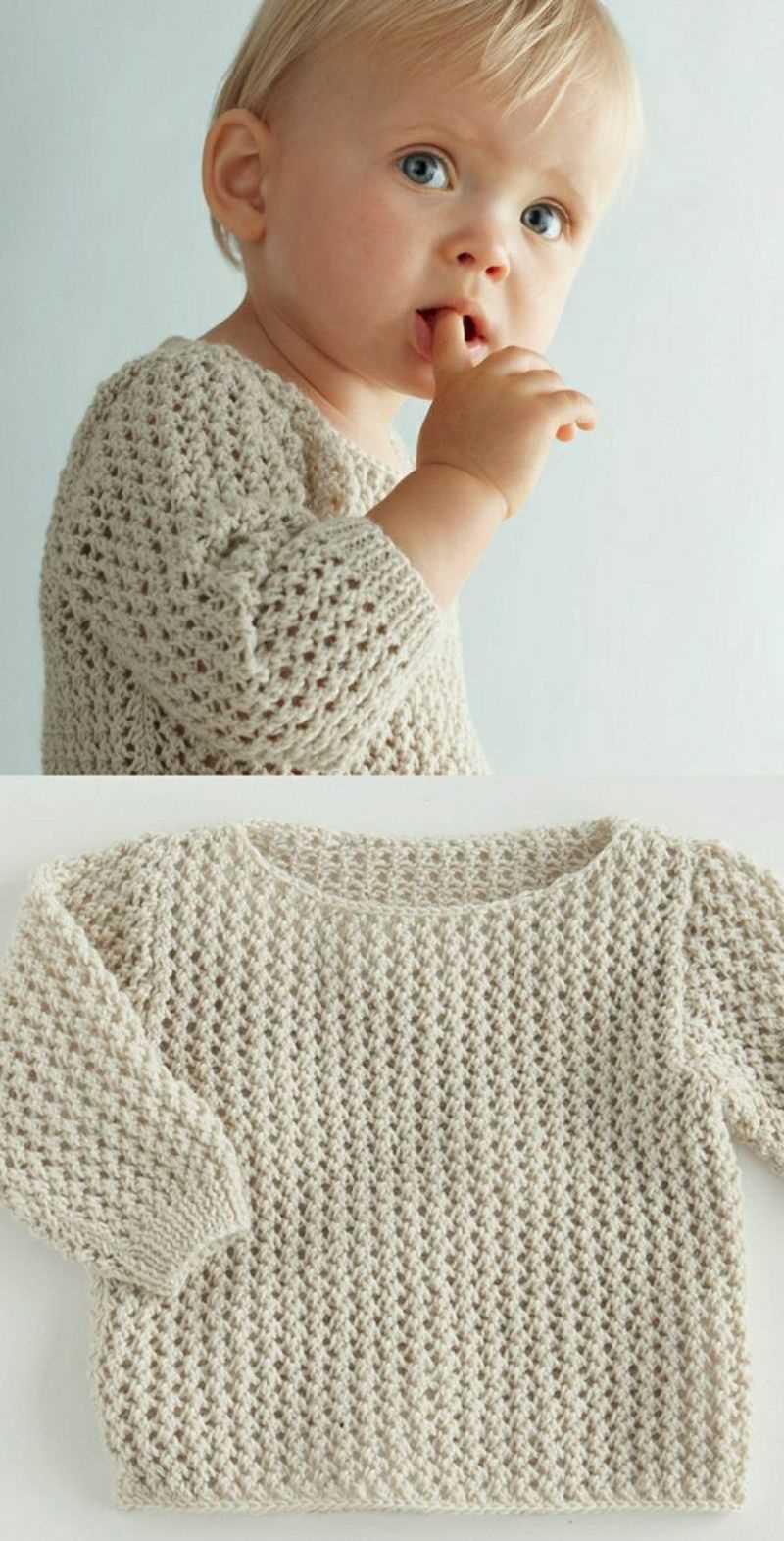
This pattern is another great option for beginners as it introduces them to the popular stockinette stitch. The cardigan is knitted flat and then seamed together. The smooth surface of the stockinette stitch gives the cardigan a polished and professional look.
3. Ribbed Baby Pullover:
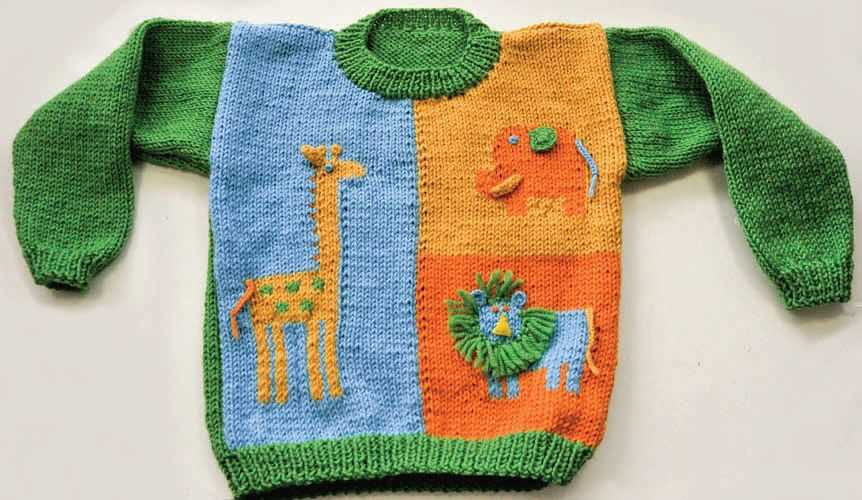
The ribbed baby pullover is an excellent project for beginners who want to delve into more textured stitches. This pattern combines the knit and purl stitches to create a ribbing effect, which stretches comfortably and adds a unique design element to the pullover. The pattern is knitted in the round, making it seamless and cozy.
These basic patterns provide a solid foundation for beginners to start their knitting journey and produce beautiful baby sweaters. With practice, beginners can expand their skills and tackle more intricate patterns in the future. So grab your knitting needles and get started on creating adorable garments for your little one!
Advanced Patterns for Experienced Knitters
If you’re an experienced knitter looking for a challenge, advanced knitting patterns for baby sweaters are a great choice. These patterns are designed with intricate stitch patterns, unique construction techniques, and often include complex shaping. They allow you to showcase your knitting skills and create a beautiful piece of clothing for a baby.
1. Cable Galore Sweater
If you love working with cables and want to create a stunning sweater, the Cable Galore Sweater is the perfect pattern for you. This advanced pattern features an all-over cable design, creating a rich and textured fabric. It requires careful attention to cable crossings and chart reading skills. The end result is a beautifully textured sweater that will keep any baby warm and stylish.
2. Lace Dream Cardigan
If you enjoy knitting lace patterns and want to challenge yourself, the Lace Dream Cardigan is a great option. This pattern combines delicate lace motifs with a tailored cardigan shape. It includes intricate lace stitch patterns, intricate shaping, and seamless construction. The finished cardigan is a timeless piece that can be handed down through generations.
3. Fair Isle Fantasy Pullover
For knitters who love colorwork, the Fair Isle Fantasy Pullover is a must-try pattern. This advanced pattern features a beautiful Fair Isle design with intricate colorwork motifs. It requires precision in color placement and color changes. The pullover is worked in the round and includes shaping techniques to create a comfortable and stylish fit. Knitting this pattern will not only challenge your colorwork skills but also result in a unique and eye-catching sweater.
4. Seamless Set-in Sleeve Sweater
If you’re looking to master advanced finishing techniques, the Seamless Set-in Sleeve Sweater pattern is a great choice. This pattern uses a unique construction method to seamlessly incorporate set-in sleeves into the body of the sweater. It requires careful calculations and precise knitting techniques. The finished sweater has a tailored fit and a polished look.
5. Textured Tunic
If you’re interested in exploring different stitch patterns and textures, the Textured Tunic is an excellent pattern. This advanced pattern includes a variety of textured stitch patterns, such as cables, bobbles, and lace. It requires careful attention to stitch count and chart reading skills. The finished tunic is a versatile and fashionable piece that can be dressed up or down.
These advanced knitting patterns for baby sweaters offer a rewarding challenge for experienced knitters. Whether you love cables, lace, colorwork, or intricate stitch patterns, there’s a pattern to suit your preferences. By working on these advanced patterns, you’ll enhance your knitting skills and create a unique and beautiful garment for a baby to cherish.
Knitting Techniques for Baby Sweaters
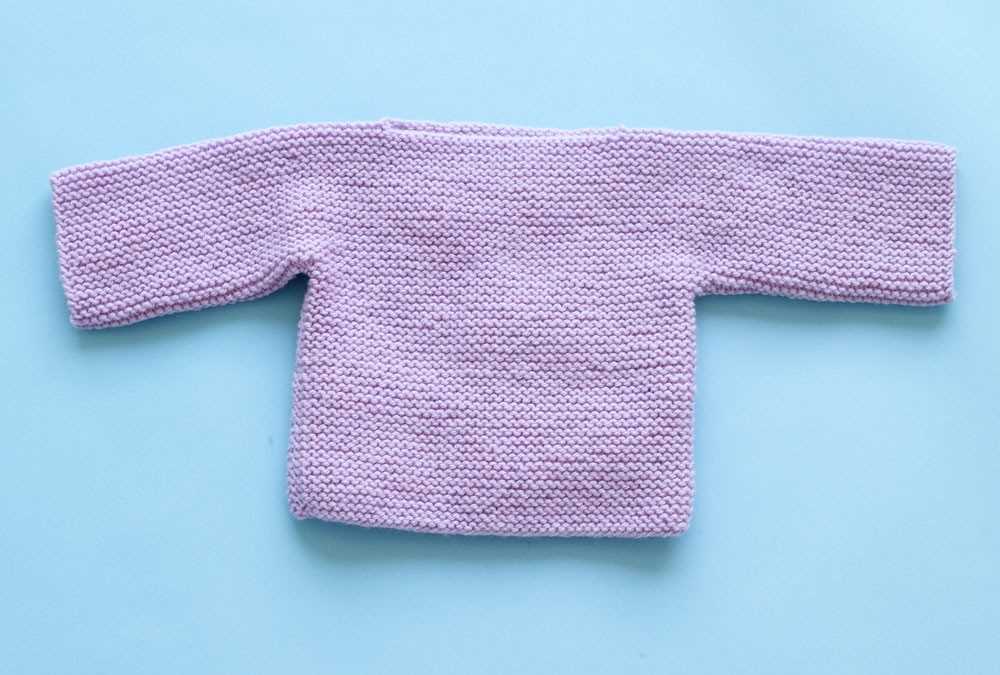
Knitting baby sweaters can be a fun and rewarding project for knitters of all levels. Whether you are a beginner or an experienced knitter, there are several techniques that can help you create beautiful and comfortable sweaters for babies.
Circular knitting: One of the most common techniques used in knitting baby sweaters is circular knitting. This technique allows you to knit in the round, creating a seamless garment. Circular knitting is great for baby sweaters because it eliminates the need for sewing seams, making the sweater more comfortable for the baby.
Lace knitting: Adding lace patterns to baby sweaters can give them a delicate and elegant look. Lace knitting involves creating eyelets and intricate patterns that add a touch of sophistication to the garment. It’s important to choose a lace pattern that is not too complicated and that is appropriate for baby clothing.
Colorwork: Adding color to baby sweaters can make them more visually appealing. Colorwork involves working with multiple colors in the same row or round to create patterns or designs. Fair Isle and intarsia are two popular colorwork techniques that can be used to create unique and vibrant baby sweaters.
Buttonholes: Baby sweaters often require buttonholes for easy dressing and undressing. There are several ways to create buttonholes in knitting, including yarn-overs and making slits. It’s important to consider the size and placement of the buttons when deciding on the type of buttonhole to use.
Finishing touches: Adding ribbing, edging, and other finishing touches can make a baby sweater look polished and complete. Ribbing along the cuffs, hem, and neckline can give the sweater a snug fit and add a professional touch. Adding buttons, bows, or other embellishments can also add a personal and unique touch to the garment.
In conclusion, knitting techniques such as circular knitting, lace knitting, colorwork, buttonholes, and finishing touches can help you create beautiful and comfortable baby sweaters. Experiment with different techniques and patterns to find your favorite style and create unique garments for the little ones in your life.
Adding Personal Touches: Embellishments and Design Options
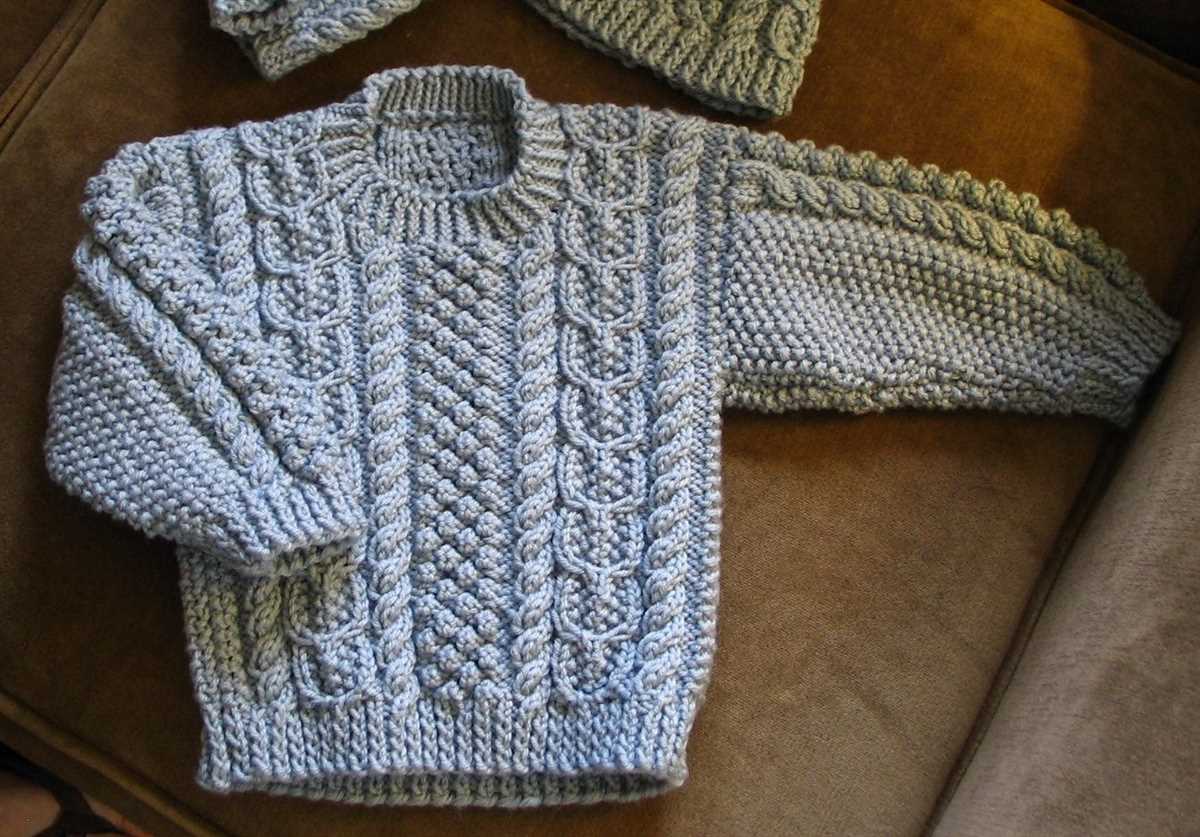
When it comes to knitting baby sweaters, one of the joys is being able to add personal touches and embellishments to make each piece unique. Whether you’re knitting for your own little one or as a gift, there are several design options and techniques to consider.
1. Ribbons and Buttons: Adding ribbons as ties or decorative accents can instantly elevate the look of a baby sweater. Choose ribbons in coordinating colors or patterns to complement the yarn you’re using. You can also sew on cute buttons for added charm and functionality.
2. Embroidery: Embroidery is a wonderful way to add intricate designs and patterns to a baby sweater. You can use different stitches to create flowers, animals, or other motifs. Embroidery can be done on the front, back, or sleeves of the sweater, depending on the desired effect.
3. Appliques: Appliques are another fun option to consider. They can be pre-made or handmade, and can be sewn onto the sweater for added visual interest. Choose appliques that match the theme or style of the sweater, such as animal shapes, flowers, or stars.
4. Colorwork: Colorwork techniques, such as fair isle or intarsia, can be used to create intricate patterns or pictures on the baby sweater. This can be a great way to personalize the design and make it truly one-of-a-kind. Experiment with different color combinations to achieve the desired effect.
5. Ruffles and Lace: For a more feminine touch, consider adding ruffles or lace to the baby sweater. This can be done along the edges, such as the hem or cuffs, or as a decorative panel on the front. Choose delicate lace patterns or create your own ruffled edges for a charming look.
Remember, adding personal touches to a baby sweater allows you to showcase your creativity and make a truly special garment. Whether you choose to add ribbons, embroidery, appliques, colorwork, or ruffles, have fun experimenting and creating a unique piece that will be treasured for years to come.
Tips for Proper Fit and Sizing
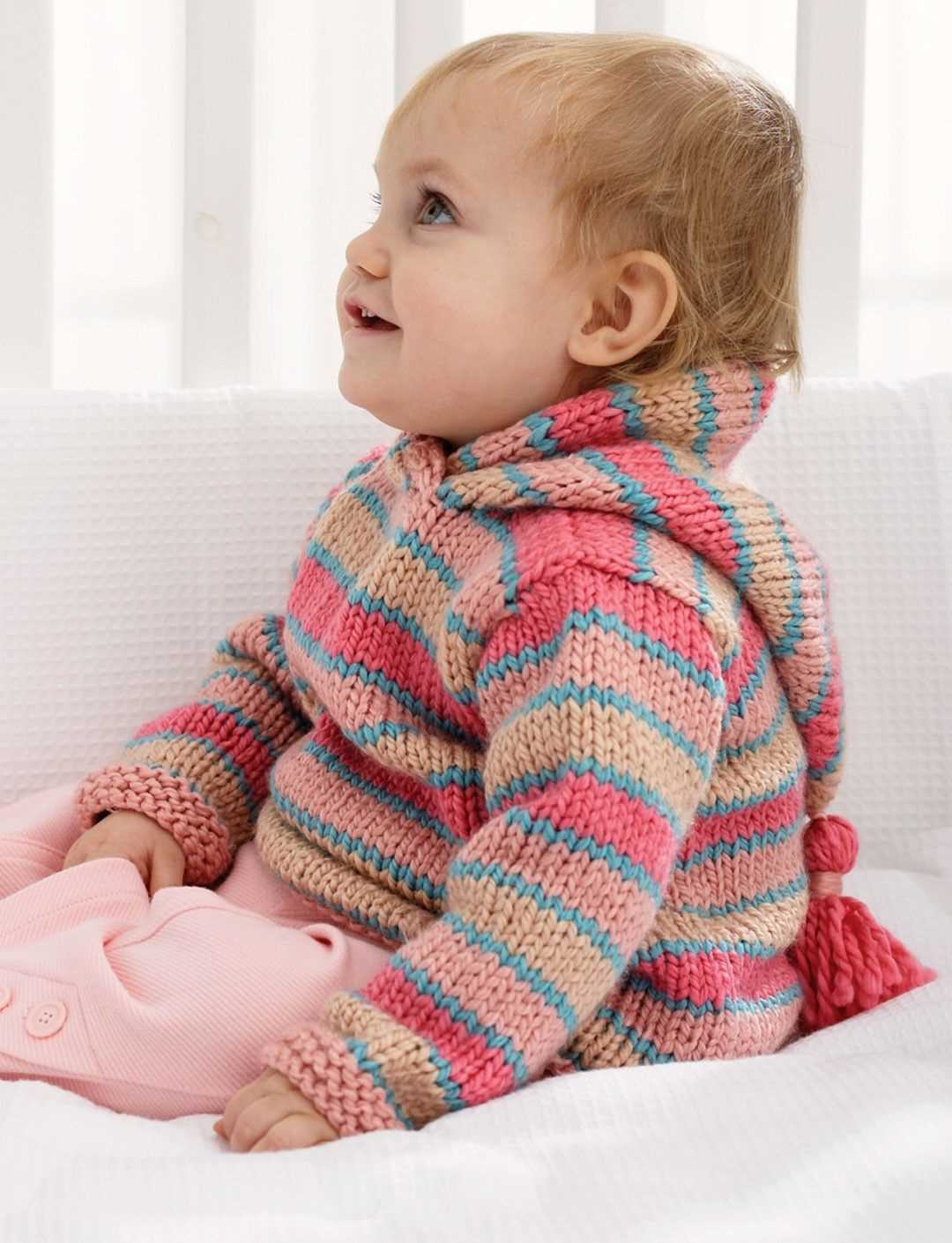
When knitting baby sweaters, it is important to ensure a proper fit and sizing to ensure comfort and ease of movement for the little ones. Here are some tips to help you achieve the perfect fit:
1. Gauge Matters
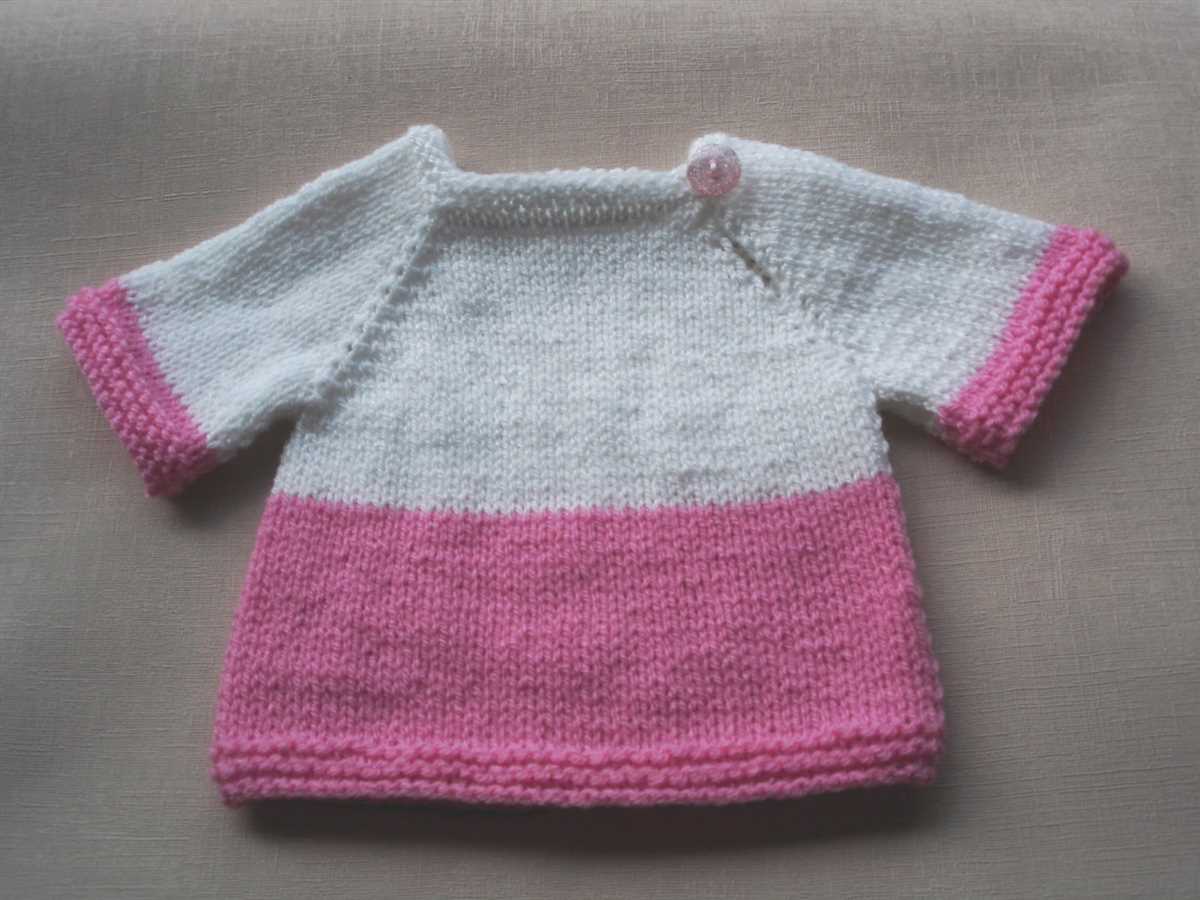
Always check your gauge before starting a baby sweater project. The gauge refers to the number of stitches and rows per inch in your knitting. Using the recommended gauge in the pattern will help ensure that the sweater turns out in the correct size. Adjust your needle size if necessary to match the gauge.
2. Measure the Baby
Before choosing a size to knit, take accurate measurements of the baby. Pay attention to the chest circumference, length from shoulder to hem, and sleeve length. Use these measurements as a guide when selecting the appropriate size in the pattern.
3. Consider Ease
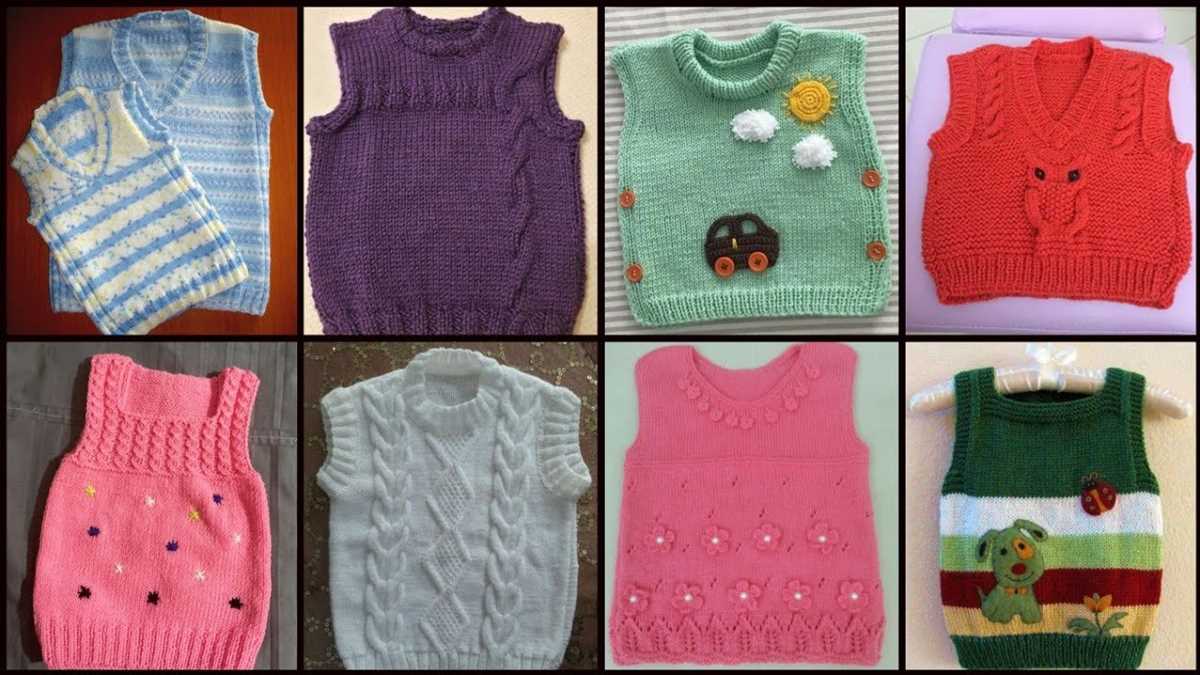
Baby sweaters should have some ease, or room for movement, to allow for growth and comfort. Typically, a small amount of positive ease (where the sweater is slightly larger than the actual measurements) is recommended for baby garments. It’s better to have a slightly looser fit than a tight-fitting sweater that restricts movement.
4. Pay Attention to Yarn Characteristics
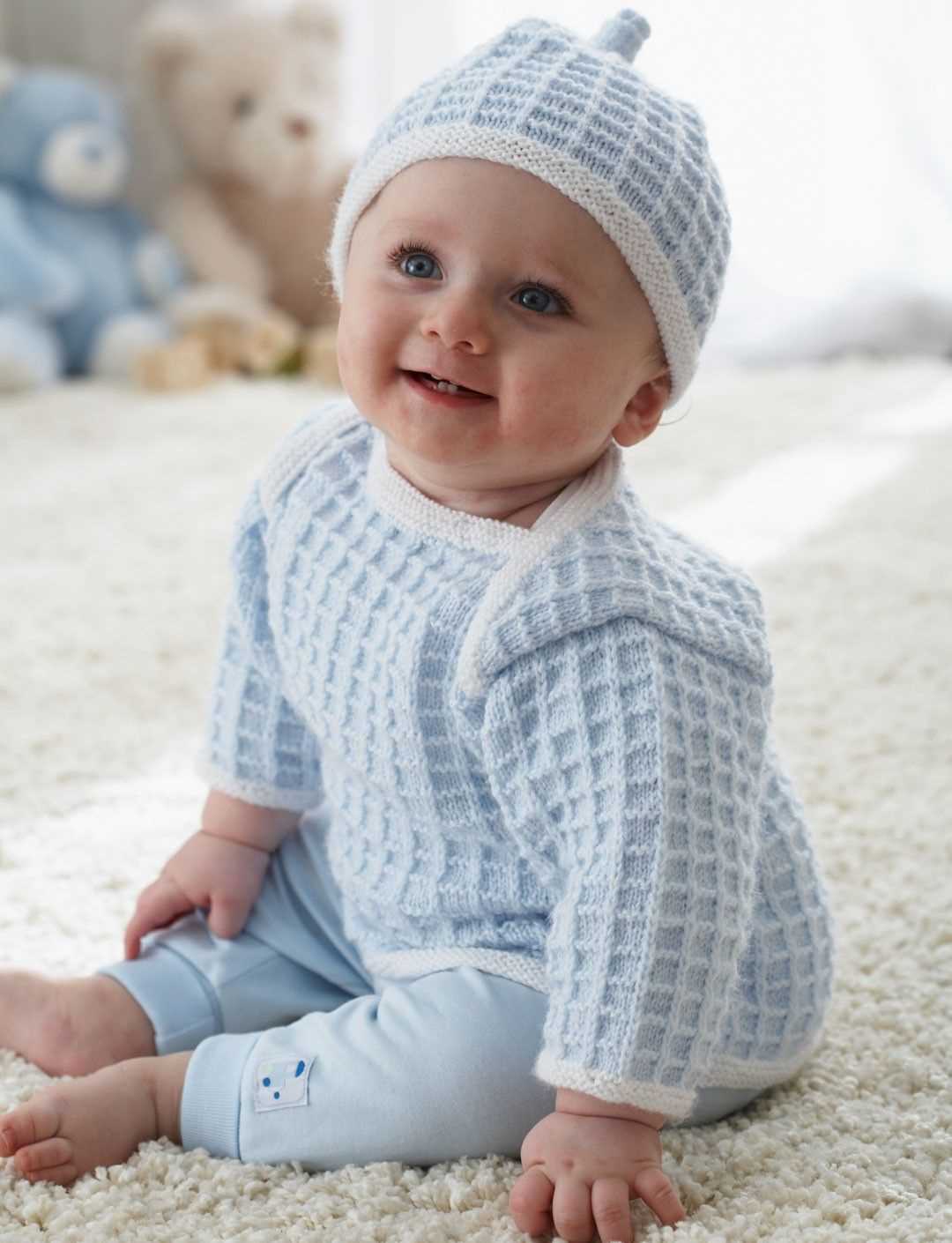
The type of yarn you choose can affect the fit and size of the sweater. Some yarns have more stretch than others, so take this into consideration when selecting your yarn. Also, consider the drape and weight of the yarn, as this can influence how the sweater will hang on the baby.
Following these tips will help you create beautiful baby sweaters that fit perfectly and are comfortable for the little ones to wear. Happy knitting!
Caring for Hand-knitted Baby Sweaters
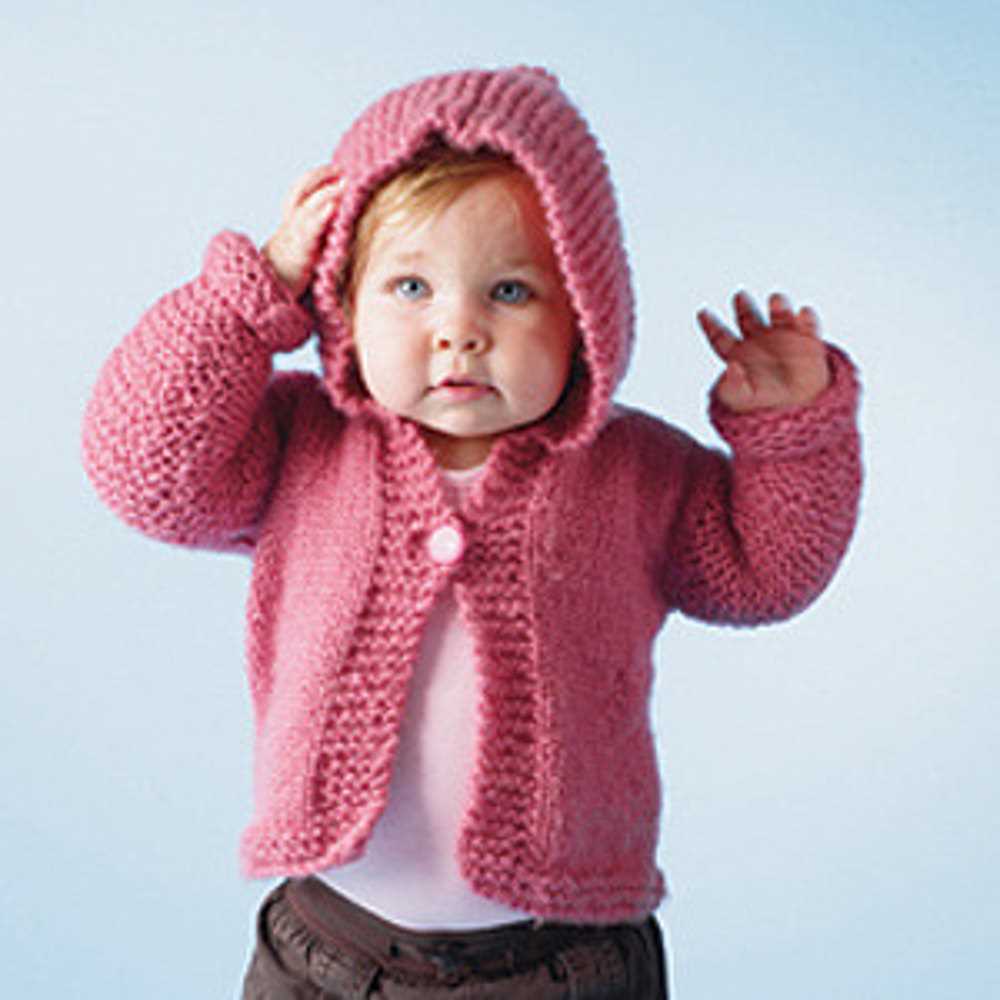
Hand-knitted baby sweaters are not only adorable but also made with love and care. To ensure that these precious garments last long and remain as soft and cozy as possible, it is important to follow some care instructions:
1. Washing: It is recommended to hand wash baby sweaters rather than machine washing them. Use a mild detergent specifically designed for delicate fabrics. Gently soak the sweater in lukewarm water for about 15 minutes and then rinse it thoroughly. Avoid twisting or wringing the sweater as this can damage the fibers. Finally, gently squeeze out excess water and lay it flat on a clean towel to dry.
2. Drying: Never put hand-knitted baby sweaters in the dryer as this can cause them to shrink or lose their shape. Instead, lay the sweater flat on a clean, dry towel and reshape it if necessary. Keep it away from direct sunlight and heat sources to prevent fading or damage.
3. Storage: When not in use, it is best to store hand-knitted baby sweaters in a clean, dry place. Avoid folding them as this can create creases and lead to stretching or misshaping. Instead, gently roll the sweater and store it in a breathable bag or drawer.
With proper care, hand-knitted baby sweaters can be treasured keepsakes that can be passed down through generations. By following these simple care instructions, you can ensure that these handmade garments remain in excellent condition, ready to keep the little ones warm and stylish.